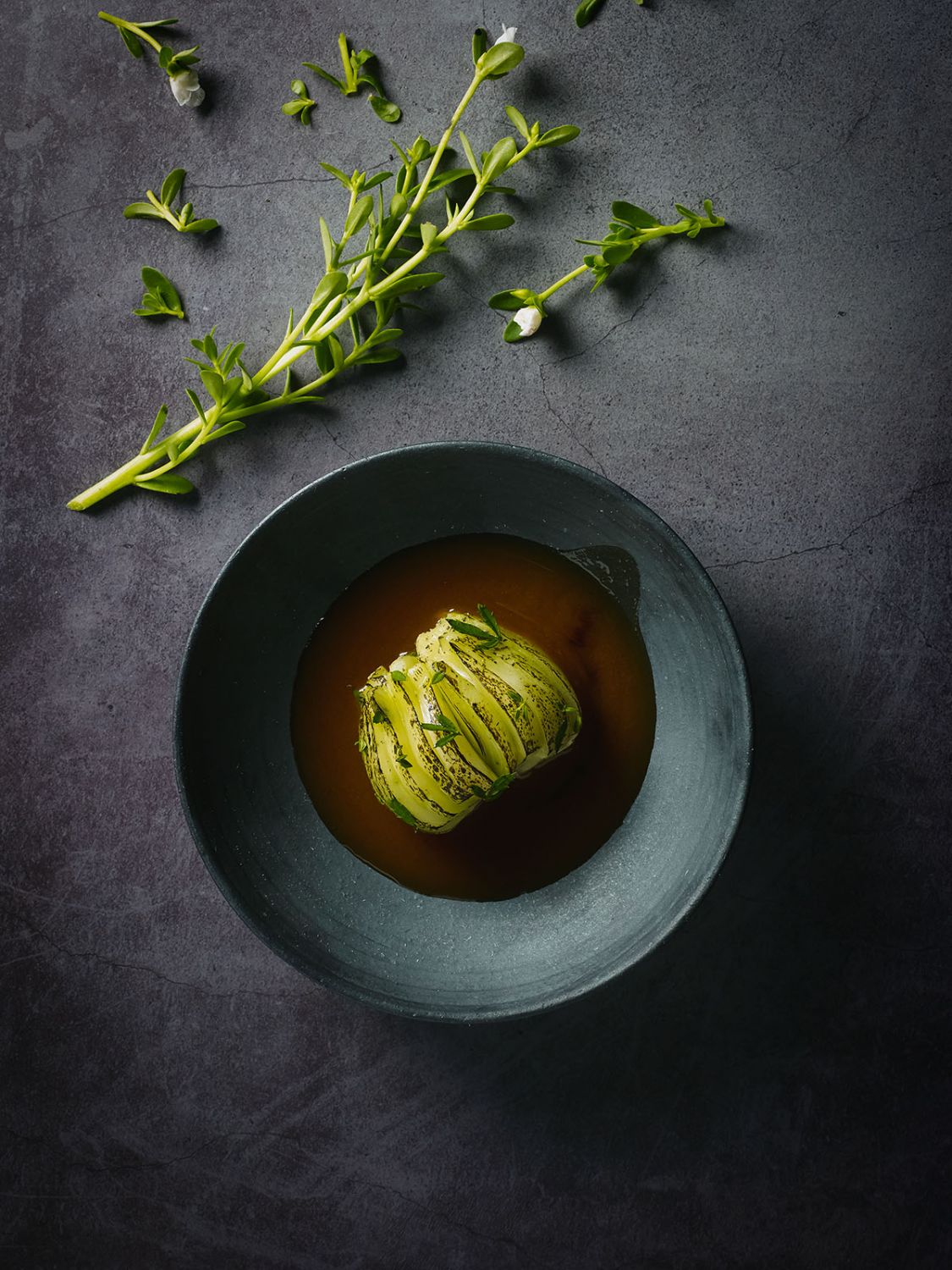Learn how these F&B personalities scour for sustainable produce and what foraging brings to the table
The highly industrialised global food system means modern technology processes food quickly and efficiently, resulting in higher profits and lower food cost. This industrialisation has however created many concerns—including consumer habits and our entire relationship with food. Our diet has become ever more homogenised. And we tend to consume a lot more processed foods containing additives and calories. Meanwhile, other worries like overcrowded conditions and animal diseases in factory farms threaten our food security.
Today, companies like HSBC, whose prevailing ethos is sustainability, are working with top restaurants to promote their sustainable offerings. The One Planet Plate sustainability campaign was launched in Singapore by HSBC and sustainable consultancy Food Made Good Hong Kong this year.
One Planet Plate supports the Singapore Green Plan 2030, and the ‘30 by 30’ goal of producing 30 per cent of our nutritional needs locally by 2030. Among many initiatives to meet this target, Singapore has been ramping up vertical and roof farming—which allows chefs to source for more locally-grown and sustainable ingredients.
Find out how the following chefs source for sustainable produce as well as apply their foraging experience in their own unique ways.
Don’t miss: 14 Most Sustainable Restaurants and Bars in Singapore

World-Class Foraging Experience
Christina Rasmussen of Mallow, a bar at Robertson Quay that serves conscious cocktails and plant-based bites, was a chef and forager at Copenhagen’s top restaurant Noma. She joined in 2016 as an intern, and got the role as head forager “by accident”. For her, foraging journeys mean that you’re guided on what you can eat, where to find an ingredient, how to identify the right one and which has the best quality. It also results in understanding an ecosystem and maintaining its balance.
Tatler Offer: HSBC card members who dine at Mallow from now until August 31 will receive a complimentary drink*.
In 2017, prior to Noma’s relocation, the restaurant was closed to the public but certain operations still ran, such as the test kitchen and fermentation lab, so foraging still needed to be done. “This was when I focused on solely learning all the aspects of sourcing, picking, supplying, flavour and application. When Noma reopened in a larger space, the foraging department needed expansion. I found myself in this sweet spot of knowing the procedures of the kitchen but also so much from the foraging aspect that I had a unique position fit to take on the role as their private forager,” Rasmussen says.
It was essential for the foraging team to scour for a high volume of ingredients for a world-class restaurant. “You need to be knowledgeable and resourceful—why do things grow where they do? How do I find more when there’s a drought? Where do I begin to look and not waste time driving hundreds of kilometres?” she shares.
Her job included anticipating seasonality and knowing what can be replaced while maintaining the same flavour profile and getting it in the right amounts. She recalls, “We visited many landscapes: beaches, grasslands, fresh waterways, farms, woods etc. Sometimes I find myself driving close to 450km in one day. In late summer, I would do long road trips to neighbouring countries to get the best quality and sought-after fruits like mulberries from a 400-year-old tree on an island in the Baltic Sea.”



